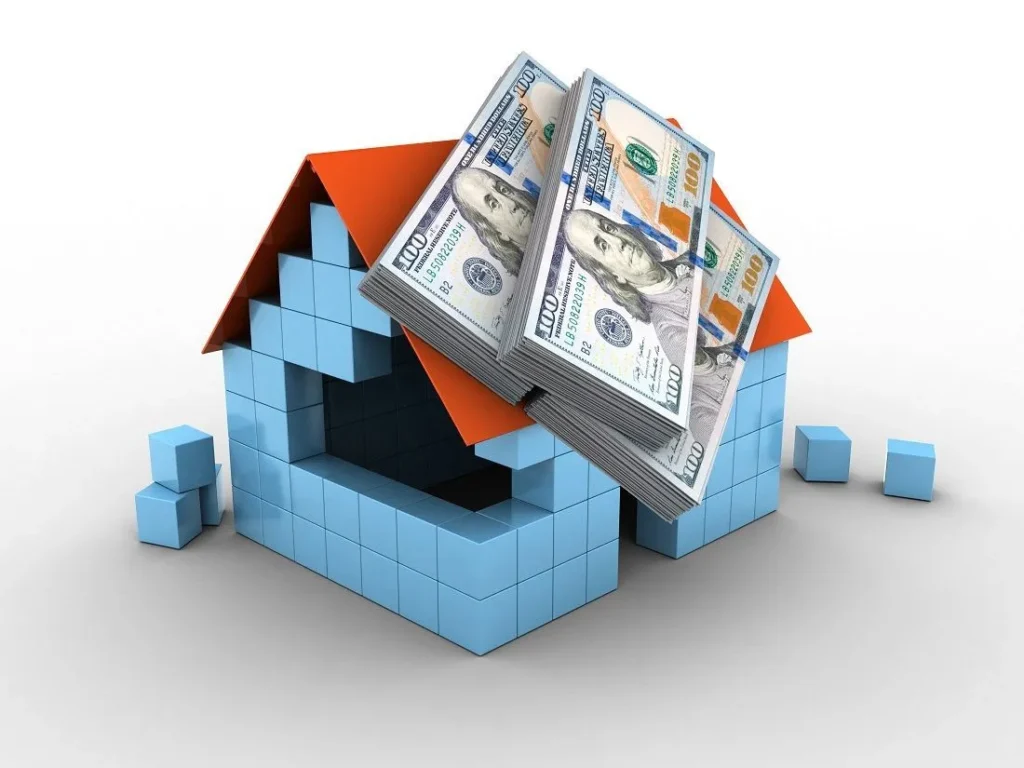EMD Real Estate In real estate investing, there are many terms and strategies that investors must familiarize themselves with to ensure their success. One term that often arises is EMD real estate. Whether you’re a seasoned investor or a newcomer to the world of real estate, understanding what EMD means and how it impacts your transactions is essential. This article’ll explore what EMD real estate refers to, why it matters, and how it can play a crucial role in your investment strategy.
What is EMD in Real Estate?
EMD stands for Earnest Money Deposit. It is a deposit made by a buyer to show their serious intent to purchase a property. In real estate, the EMD serves as a sign of good faith and demonstrates the buyer’s commitment to moving forward with the transaction. This deposit is typically held in escrow and will be applied to the buyer’s down payment or closing costs when the deal is finalized.
The concept of EMD is a standard practice in both residential and commercial real estate transactions. The amount of the EMD varies, depending on factors like the price of the property, the local real estate market, and the terms agreed upon by the buyer and seller. Typically, the earnest money ranges from 1% to 3% of the purchase price.
The Purpose of EMD Real Estate Transactions
The EMD real estate process serves multiple purposes. Here are some key reasons why earnest money deposits are an essential part of real estate transactions:
1. Shows Buyer’s Seriousness
The most straightforward reason for an EMD is to demonstrate the buyer’s commitment to the transaction. By putting down earnest money, the buyer signals to the seller that they are serious about following through with the purchase.
2. Protects the Seller
The EMD real estate deposit also serves as protection for the seller. If the buyer decides to back out of the deal without a valid reason (as stipulated in the contract), the seller may have the right to keep the earnest money as compensation for the time and resources lost during the negotiation and showing process.
3. Provides a Clear Agreement
By requiring an EMD, both the buyer and the seller establish a clearer agreement. This deposit signifies that both parties are entering the contract with the intent to close the deal, and it provides a financial stake in the transaction for both sides.
4. Demonstrates Financial Responsibility
For the buyer, making an earnest money deposit indicates that they have the financial means to follow through with the purchase. It shows that they are financially responsible and capable of securing financing for the property.
How Much Earnest Money Should Be Offered?
The amount of earnest money can vary significantly depending on several factors. As mentioned earlier, earnest money is typically between 1% to 3% of the purchase price, but in highly competitive markets, this amount can increase. For example:
- Standard Market: In a balanced or neutral market, earnest money might be around 1-2% of the sale price.
- Seller’s Market: In a hot seller’s market, where there is increased competition for properties, buyers may need to offer more earnest money to stand out. In some cases, earnest money deposits could be 3% or even higher.
- Luxury or High-End Properties: For luxury or high-end properties, the earnest money deposit may be significantly higher, sometimes tens of thousands of dollars, to demonstrate the buyer’s financial commitment.
Factors Influencing the Amount of EMD:
- Property Price: Higher-value homes typically require a larger earnest money deposit.
- Market Conditions: In a competitive market, buyers may offer more earnest money to ensure the seller takes their offer seriously.
- Local Norms: In some regions, there may be customary amounts or percentages that are considered standard for earnest money deposits.
- Risk Factors: If the seller perceives a higher risk in the transaction (e.g., if the buyer’s financing is uncertain), they might request a larger EMD.
The Process of EMD Real Estate Transactions
Understanding the EMD real estate process is crucial for both buyers and sellers to navigate the transaction smoothly. Here’s an overview of how the process typically works:
1. The Buyer Makes the Offer
Once a buyer has found a property they are interested in, they make an offer to the seller. This offer will include the proposed sale price as well as the earnest money deposit amount. The buyer may also specify contingencies, such as financing, inspections, or appraisals, which will allow them to back out of the deal if certain conditions are not met.
2. Negotiation and Agreement
The seller reviews the offer and may choose to accept it, reject it, or make a counteroffer. During this negotiation phase, the earnest money deposit amount can be adjusted. Once both parties come to an agreement, the earnest money is deposited into an escrow account.
3. Due Diligence Period
After the agreement is made, the buyer typically enters a due diligence period, during which they can conduct inspections, finalize their financing, and address any other concerns. Suppose issues arise that make the buyer want to back out of the deal. In that case, they may do so without forfeiting their earnest money deposit, provided the reason for cancellation is within the terms of the contract (e.g., a failed inspection or financing denial).
4. Closing
If all goes as planned, the earnest money is applied toward the purchase price of the home or property at closing. If the buyer decides to move forward and the transaction is completed, the deposit becomes part of the overall sale price.
However, if the buyer decides to back out without a valid reason as outlined in the contract, the seller may keep the earnest money as compensation. The terms for forfeiting or returning the deposit should be clearly outlined in the contract.
Risks and Protections in EMD Real Estate
While earnest money deposits play a crucial role in real estate transactions, they also carry risks for both the buyer and the seller. Here’s a breakdown of the potential risks and protections for each party involved:
For the Buyer:
- Risk of Losing the EMD: If the buyer fails to fulfill the conditions of the contract or backs out without a valid reason, they risk losing the earnest money deposit.
- Protection Through Contingencies: To mitigate this risk, buyers can include contingencies in the offer, such as financing contingencies or home inspection contingencies, that allow them to back out and get their earnest money refunded if certain conditions are not met.
For the Seller:
- Risk of Losing a Buyer: If the buyer decides to back out after agreeing to the earnest money deposit, the seller may have to relist the property and wait for another buyer. However, they have the right to keep the earnest money if the cancellation is not justified.
Conclusion: The Importance of EMD in Real Estate Transactions
In the world of real estate, an EMD real estate deposit is more than just a financial transaction — it’s a symbol of trust and commitment between the buyer and seller. It serves to protect both parties and ensures that the deal moves forward with good faith and serious intent. Whether you’re buying your first home or an experienced investor looking for your next property, understanding the purpose and mechanics of earnest money can help you navigate the complexities of real estate transactions.
Ultimately, while earnest money is a relatively small portion of the overall transaction, it plays a significant role in creating a smoother, more secure process for both buyers and sellers. By understanding how EMD real estate works and how to protect yourself, you can make more informed decisions and increase your chances of success in the competitive world of real estate investment.






